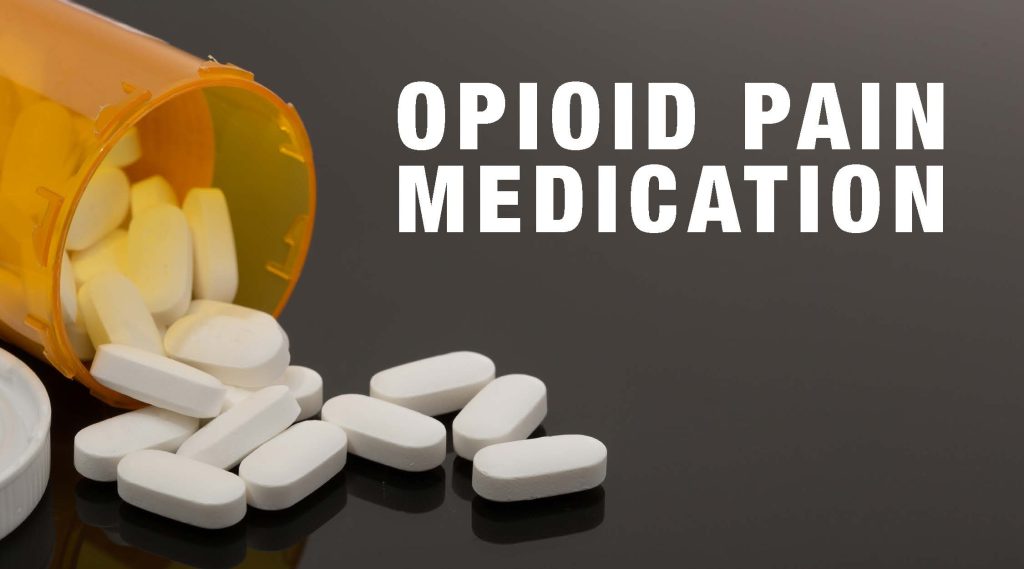
Medication for pain
Most common medication for pain
Several pain medications are available in different forms, shapes, and sizes. Opioids are the finest pain relievers that directly work to give pain relief within minutes. In our opinion, opioids are the best pain medication. However, they are prescription-based drugs and only recommended for pain that cannot be treated with OTC meds.
Opioids a Brief Description
Opioids (narcotics) are a class of drugs naturally found in a plant called the opium poppy. Some of these prescription opioids are made by scientists in labs, while others are made from the plant directly. Narcotics are often used as medicines because they contain chemicals that relieve the pain and relax the body. These medications are mainly used to treat moderate to severe pain, though some narcotics can be used to treat diarrhea and coughing.
They can also make users very relaxed and “high,” so they are sometimes used for non-medical purposes. This can be life-threatening because opioids can be highly addictive, and overdose and death are common.
Heroin is one of the world’s most harmful narcotics and should never be used as medication in the U.S.
How do pain medications work in our bodies?
Narcotics activate and bind to opioid receptors on cells situated in several areas of the spinal cord, brain, and other organs in the body, especially those involved in sensing pleasure and pain.
When they attach to these receptors, they block pain signals sent from the central nervous system to the body and release vast amounts of dopamine throughout the whole body. And it can reinforce the act of taking the drug, making the users want to repeat the experience.
Opioids a Misuse and Abuse Opioids taken for pain relief are generally safe when taken for a short period and as prescribed by a doctor or health expert, but they can be abused or misused.
They misuse prescription medications by:
Taking medication in a way or dose other than prescribed. Taking the drug for effect, it causes-to get high. Taking an opioid without any prescription. When abusing or misusing an opioid, an individual can swallow the medicine in its standard form. Sometimes they crush or chew pills or open capsules, dissolve the powder in water and inject the liquid into their veins. Some of them also snort the powder.
Commonly Prescribed Opioid
Products 1. Codeine 2. Dilaudid 3. Oxycodone 4. Oxycontin 5. Tramadol and others.
1. Codeine
Drug Description
It is a narcotic pain reliever and cough suppressant similar to hydrocodone and morphine. Moreover, less amount of Codeine is converted to morphine in the human body. This opioid was discovered in 1832 by Pierre Jean Robiquet. In 2013, about 361,000 kg of Codeine were produced, while 249,000 kilograms were used, making it the most commonly used drug.
According to the WHO’s list of essential medicines, Codeine is the most effective and safe alternative needed in a health system. Codeine tablets contain inactive ingredients, including microcrystalline cellulose, colloidal silicon dioxide, pregelatinized starch, and stearic acid. The United States Codeine is classified as a schedule II controlled (when used alone) and schedule III-V (when used in combination) controlled drug substance.
Drug Uses
Codeine helps treat mild to moderately severe pain because of its opioid properties. Additionally, it is used, usually in combination with other medications, to help reduce coughing. This opioid will relieve pain symptoms but not treat the cause of symptoms or speed recovery. This medication guide contains only short information about Codeine and its uses.
A doctor can prescribe it also for other medical purposes not listed in this drug guide.
Significant Warnings Addiction, abuse, and misuse
These opioid exposes users to the risks of opioid addiction, abuse, and misuse, leading to overdose and death. Doctors should assess each patient’s risk before prescribing Codeine and regularly monitor all users to develop these conditions and behaviors.
Opioid Analgesic Risk Evaluation and Mitigation Strategy
To ensure that the benefits of Codeine outweigh the risks of addiction, abuse, and misuse, the FDA has required a REMS for these products. Under the requirement of this strategy, drug manufacturing companies with approved Opioid analgesic products make REMS-compliant education programs available to healthcare advisers.
Life-threatening respiratory depression
Severe, fatal, or fatal respiratory depression may occur with the use of Codeine. Doctors should monitor patients’ respiratory depression, especially during the initiation of the drug or following a dose increase.
Accidental Ingestion
Accidental ingestion of Codeine, even of one dose, especially by teenagers or children, can cause a fatal overdose of Codeine.
Neonatal opioid withdrawal syndrome
Chronic use of such opioid during pregnancy can cause neonatal opioid withdrawal symptoms, which may be life-threatening if not treated and requires treatment according to protocols developed by neonatology experts. If opioid use is necessary for an extended period in a pregnant lady, advise the patient’s risk of neonatal opioid withdrawal symptoms and ensure the proper treatment will be available.
Concerns related to adverse effects
Codeine use can produce some familiar to severe adverse effects depending on the quantity of dose and how long- long it has been taken. Conditions can include CNS depression, Constipation, Hypotension, Phenanthrene, respiratory depression, etc.
Disease-related Concerns
It can cause abdominal conditions, adrenocortical insufficiency, biliary tract impairment, CNS depression or coma, head trauma, hepatic impairment, mental health conditions, prostatic, obesity, psychosis, and renal impairment.
Can I take pain medicine with alcohol or cold drinks?
It is always crucial to look at both the good and bad aspects. We have talked about the things you need to follow while taking a pain killer. Now, it is time to know what to avoid while using an opioid.
Avoid following habits to save yourself and your loving ones from the harmful consequences of the drug.
Mixing alcohol or other high-potential drugs with opioids can produce serious drug overdose effects. Do not take narcotic products if you are drunk. They can cause drowsiness and loss of coordination in some rare situations. Your brain and nerves can misbehave in judging what is going on. This condition can cause a severe accident and is harmful to you and the people around you.
Taking pain relievers through over or more frequent doses doesn’t treat your pain any faster. But can cause specific unpleasant side effects. You should avoid overdoses to ensure safe treatment of your condition.
Precautions while taking pain medicines?
To ensure the safe use of this medication, doctors will offer the following precautions to be followed:
People need to tell their health practitioner approximately any alcohol intake and any medicinal drugs they’re presently taking, including over-the-counter (OTC) medicinal drugs. People should avoid drinking alcohol while taking a pain killer. Doctors do not recommend this medication to be used in pregnancy. One must tell their health practitioner if they’re pregnant and make plans to have a child while taking this medication.
People should not boom the dosage of this medication without talking with a health practitioner. Even though someone uses them as recommended, pain killers might also produce emotional and bodily dependence. People need to prevent no longer taking this medication unexpectedly or lower the dosage without consulting their health practitioner, as withdrawal signs and symptoms can occur.


